Planetary Science
-
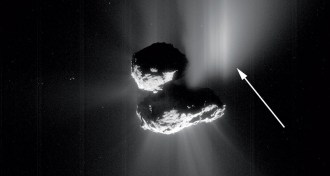 Astronomy
AstronomyClose pass by sun didn’t radically alter comet 67P’s landscape
Landslides on comet 67P shot plumes of dust into space, but changes like these might not radically alter the landscape of the comet.
-
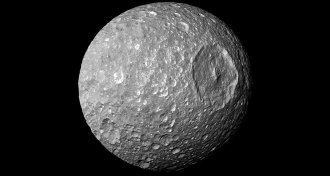 Planetary Science
Planetary ScienceSaturn’s ‘Death Star’ moon may not conceal an ocean after all
A lack of cracks on Mimas suggests that the icy moon of Saturn doesn’t conceal a subsurface ocean of liquid water.
-
 Planetary Science
Planetary ScienceSaturn’s ‘Death Star’ moon may not conceal ocean after all
A lack of cracks on Mimas suggests that the icy moon of Saturn doesn’t conceal a subsurface ocean of liquid water.
-
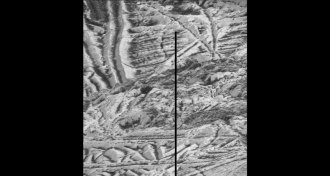 Planetary Science
Planetary ScienceEuropa lander mission takes another step toward reality
NASA is working on a possible lander mission in which the main science goal would be to search for signs of life on Jupiter’s moon Europa.
-
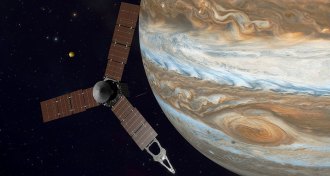 Planetary Science
Planetary ScienceJuno spacecraft won’t go into shorter orbit around Jupiter
Juno will remain in its 53-day orbit around Jupiter due to an issue with two helium check valves, NASA reports.
-
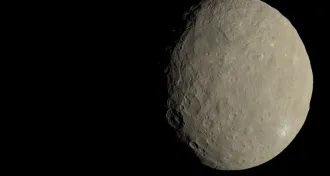 Planetary Science
Planetary ScienceCeres harbors homegrown organic compounds
NASA’s Dawn spacecraft has detected organic matter — the building blocks of life — on the dwarf planet Ceres, a new study suggests.
-
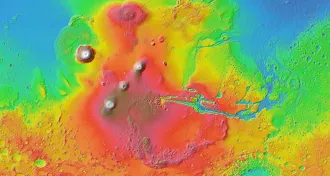 Planetary Science
Planetary ScienceRed Planet’s interior may not churn much
The magma fueling a Martian volcanic system remained largely unchanged for billions of years, analysis of a newfound meteorite suggests.
-
 Planetary Science
Planetary ScienceOxygen atoms from Earth bombard the moon
Oxygen atoms originating from the upper atmosphere periodically bombard the moon’s surface, researchers propose.
-
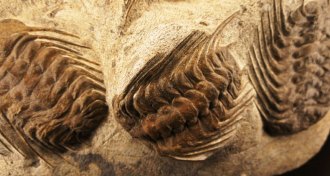 Life
LifeAsteroid barrage, ancient marine life boom not linked
Impacts from asteroid debris probably didn’t trigger the boom in marine animal diversity around 471 million years ago during the Great Ordovician Biodiversification Event.
-
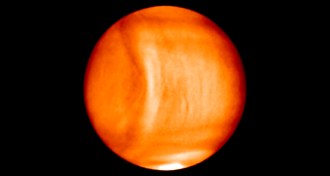 Planetary Science
Planetary ScienceWeird wave found in Venus’ wind-whipped atmosphere
A 10,000-kilometer-long gravity wave arched across the upper atmosphere of Venus. The feature may have been the largest of its kind in the solar system.
-
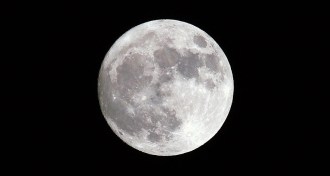 Planetary Science
Planetary ScienceThe moon is still old
New analysis of moon rocks points to our satellite forming about 4.51 billion years ago, roughly 60 million years after the start of the solar system.
-
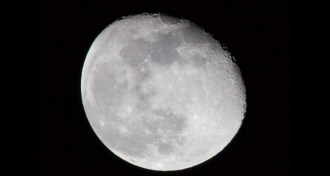 Planetary Science
Planetary ScienceMany tiny moons came together to form moon, simulations suggest
Earth’s moon formed from mini-moons generated by a series of medium to large impacts, rather than from one colossal collision, researchers propose